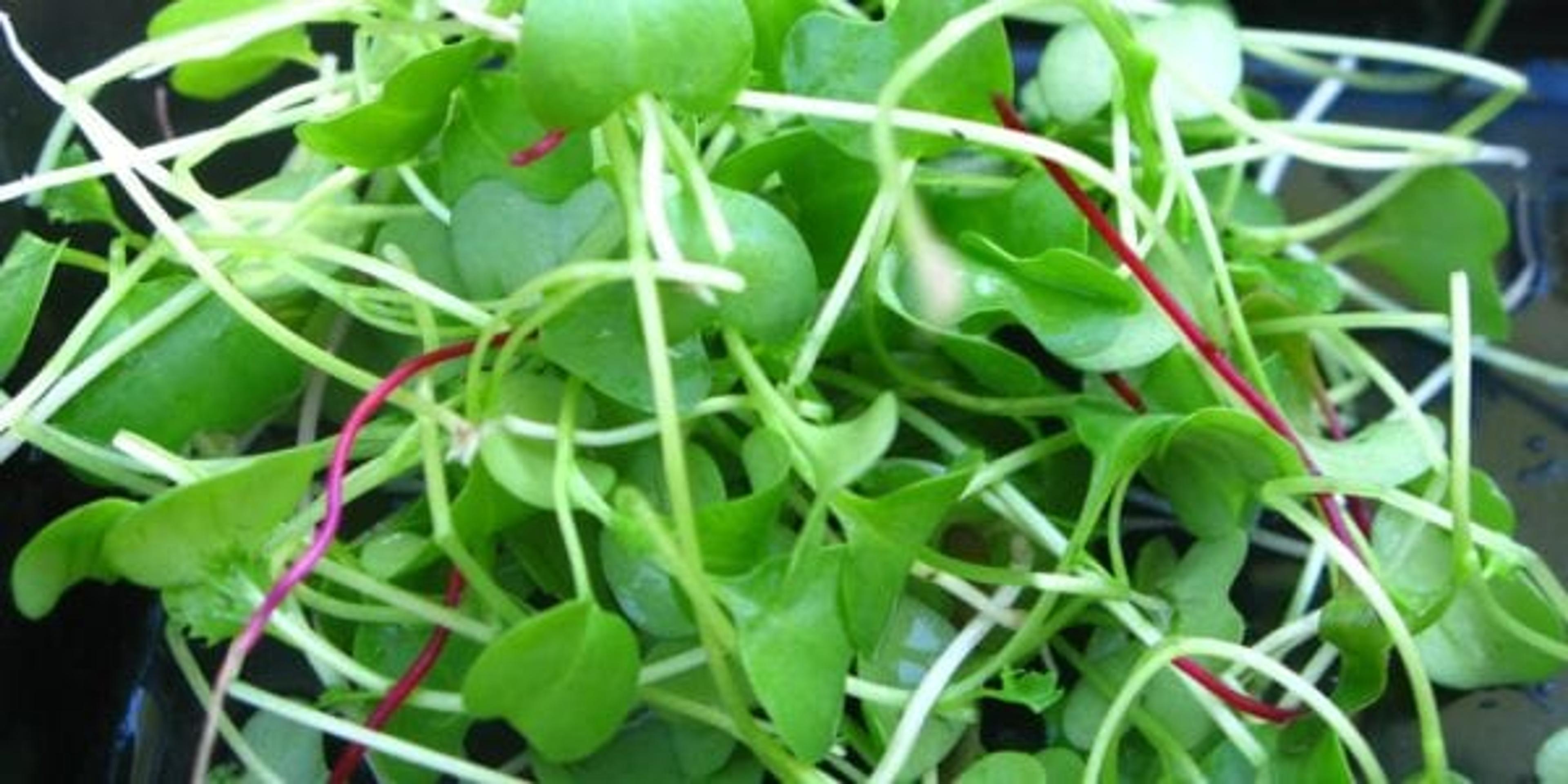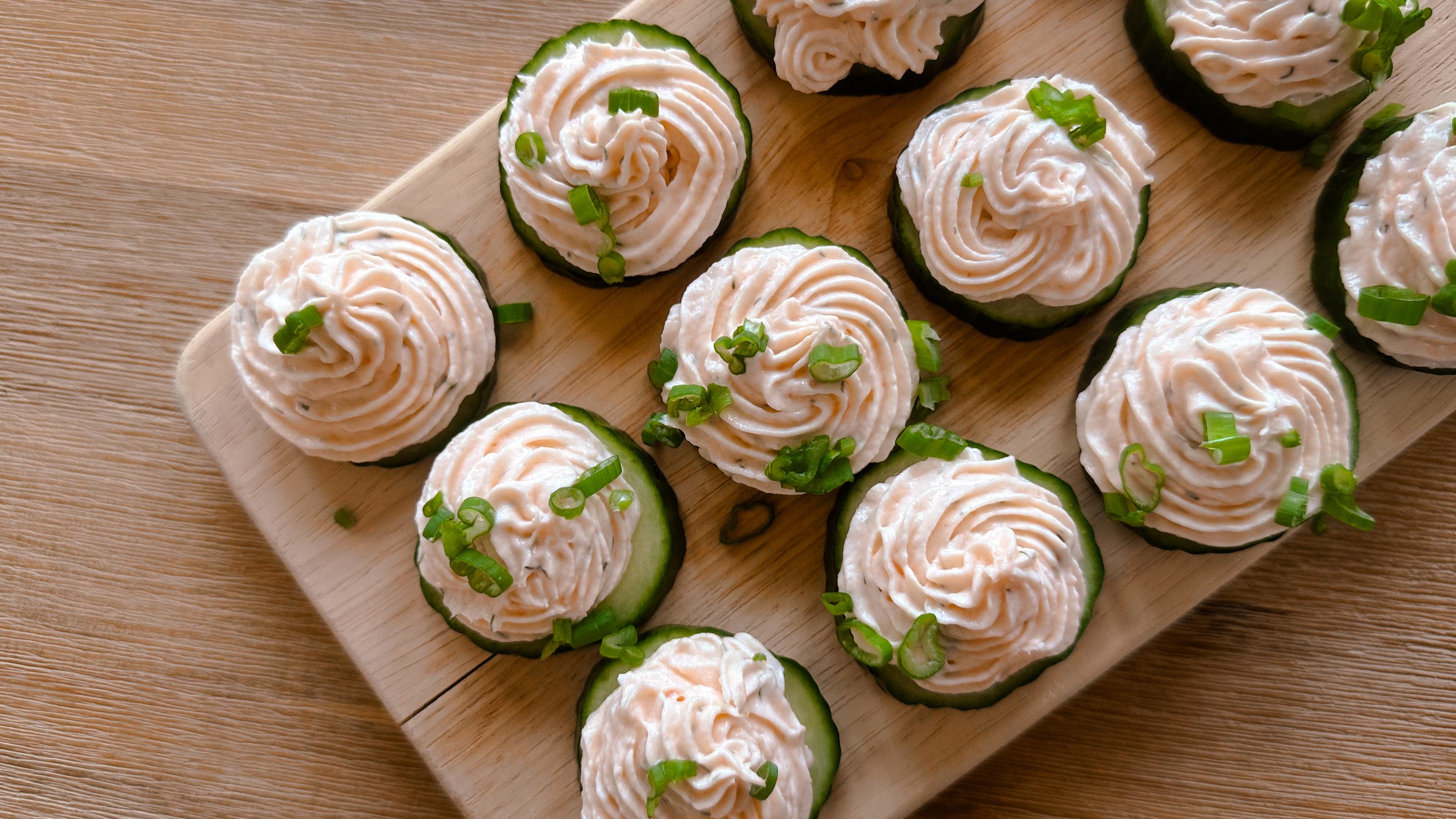Microgreens: more than a fancy garnish

Kristin Coppens
| 3 min read

More than just a cute, mini-me of regular leafy greens, microgreens have been found to pack quite the punch in providing sufficient health benefits to your diet. Originally just a staple with professional chefs and specialty health food stores, microgreens can now be found in most grocery stores, as well as any local farmers’ market.
Simply speaking, microgreens are the young versions of mature greens. However, what constitutes a microgreen is a bit more specific than that. Microgreens are essentially greens that have been harvested in their seedling stage from plants like spinach, lettuce and cabbage. The coteleydon growth stage is key to classifying a microgreen. That specific stage of growth is when the first set of true leaves sprout. The coteleydon stage occurs after the germination and sprouting stage, but before the root and leaf structures fully develop.
Similar to their mature counterparts, microgreens differ in flavors based on the variety, like the spiciness of radishes and arugula to the nuttiness of clover and sunflower. A few micro versions include, broccoli, curly cress, mustard, watercress, wasabi, cilantro, mint and much more. Additionally, microgreens tend to have a stronger, more concentrated flavor of the larger greens. Studies performed on various types of microgreens versus fully-grown greens show that microgreens provide us with a greater amount of vitamins, nutrients and carotenoids. For example, red cabbage microgreens have the most vitamin C, while green daikon radish microgreens have the most vitamin E.
Though different than mature greens, microgreens can still be universally used in any dish. Shape Magazine offers five tasty (and easy!) variations to incorporate microgreens into your daily diet.
- Mix together an easy vinaigrette with extra virgin olive oil, apple cider vinegar, lemon juice, garlic and black pepper. Drizzle over microgreens as a side dish or as a salad with beans or salmon.
- Dress microgreens with any variety of pesto and use as a topping for sandwiches.
- Put microgreens with other vegetables, like peppers, mushrooms, etc., as a great addition to any omelet or scramble.
- Swap lettuce for microgreens in tacos or use raw microgreens as a garnish to any hearty soup.
- Combine microgreens with vinaigrette and a small scoop of cooled whole grains, like my personal favorite: quinoa, and a lean protein, like chicken or tofu.
For an even healthier and cheaper way to enjoy microgreens, try growing them in your kitchen or windowsill. Since microgreens require a minimal amount of sunlight and space, they are relatively easy to grow and maintain. You can also avoid any environmental toxins or add-ons by growing microgreens in your own kitchen.
What other ways do you enjoy microgreens?
Check out these similar posts:
Photo credit: ilovemypit





